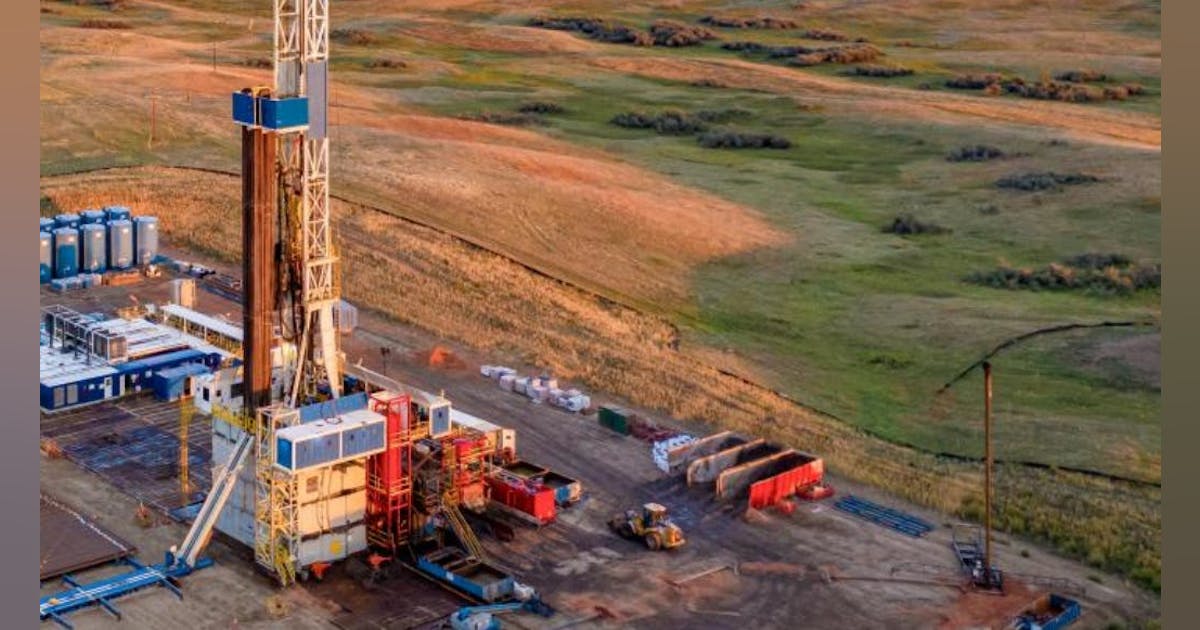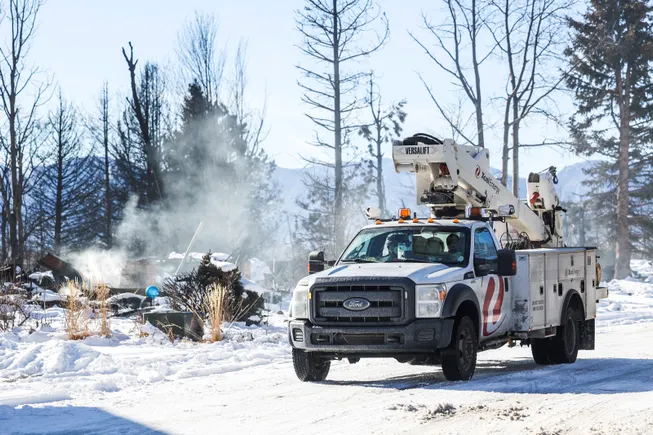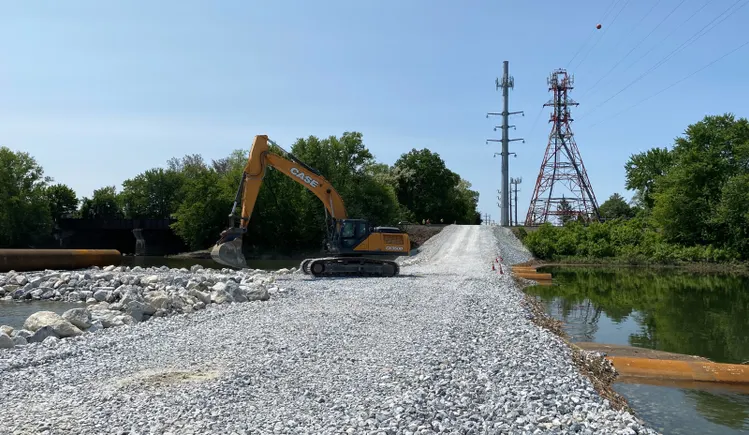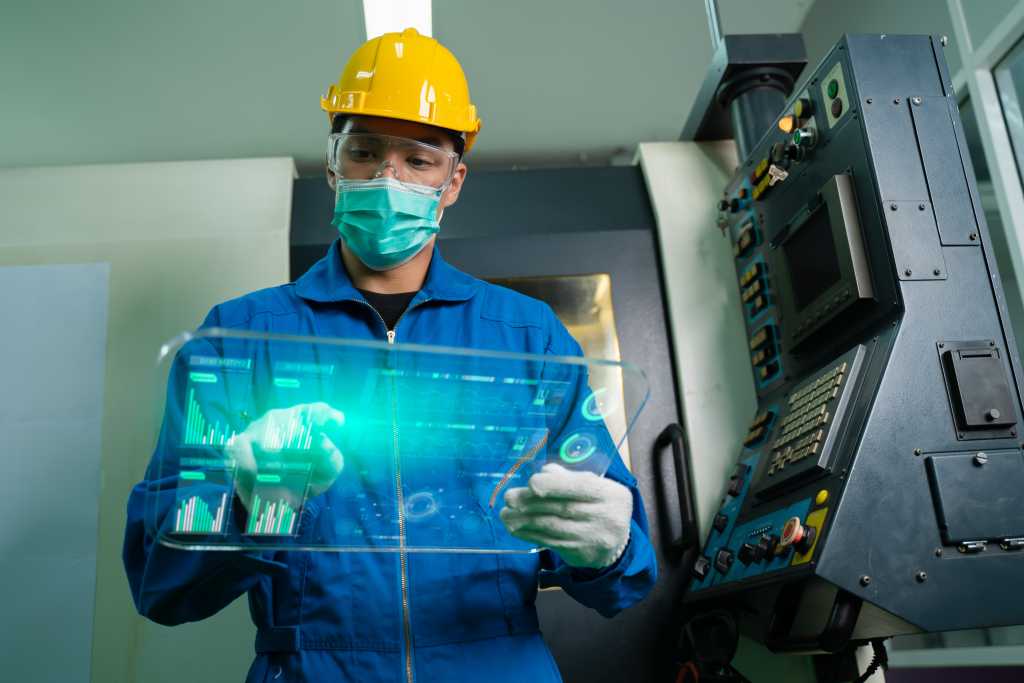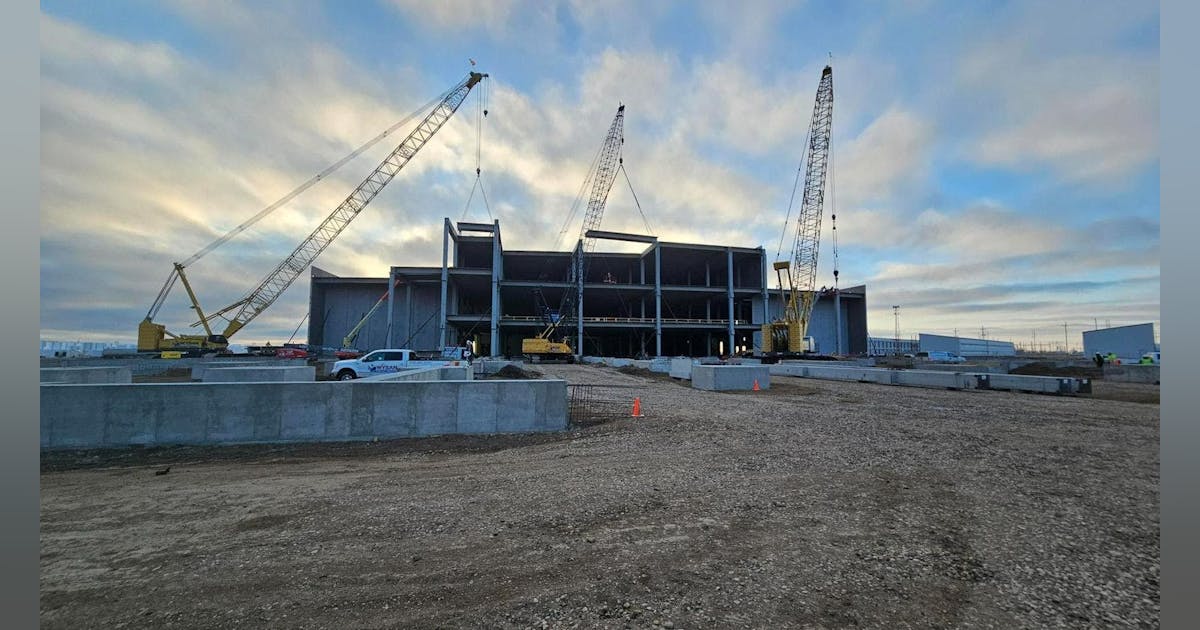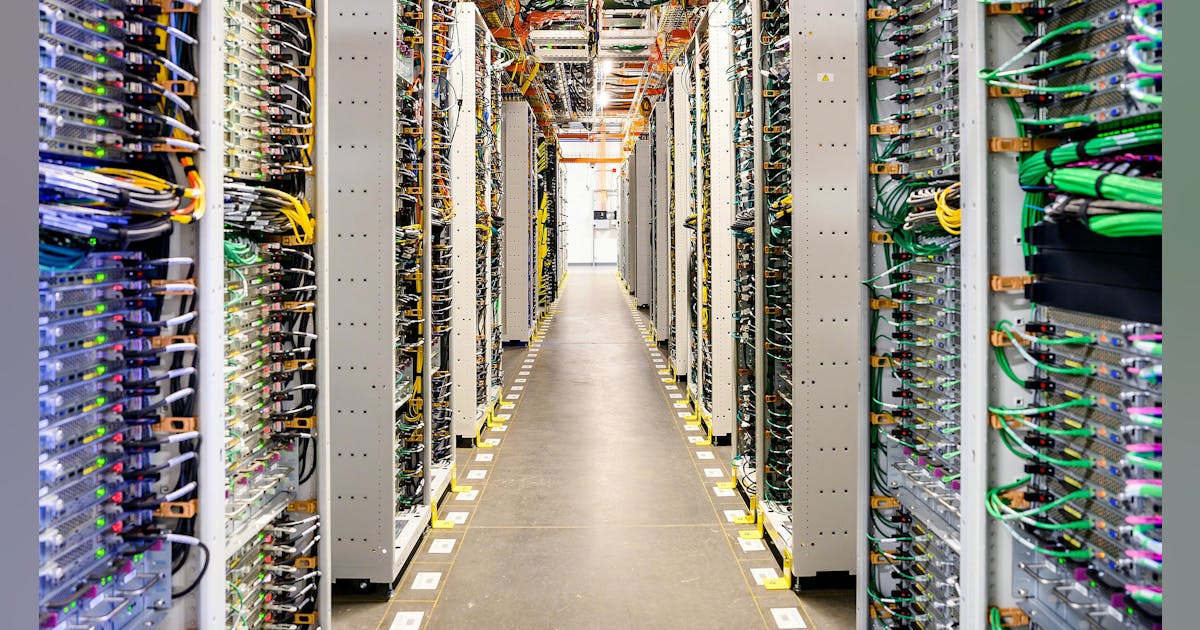Join our daily and weekly newsletters for the latest updates and exclusive content on industry-leading AI coverage. Learn More
Vay is launching is expanding its teledriving car service, an Uber-like service where your car is driven by someone in a remote location. The company is expanding its fleet of cars and building an 8,500-square-feet production facility in Las Vegas.
You may not have heard about teledriving before, but I was able to try it out at CES 2024 last year. With Vay, you can order a car to come pick you up. A Vay driver sitting in a building with a bunch of screens in front of them will remotely drive the car to you. To spectators, this will look like a self-driving car coming to pick you up. But a human is fully in control of the car — from a distance.
Then you can get in the car and drive it around to where you want to go. When you are done, you hand it back over to the remote driver, who can drive the car to its next destination. If you’re good at racing video games, remote driving might be a good job for you.
It’s a very interesting concept for a new kind of service — one that gives drivers more privacy than a taxi or an Uber. It can be more cost-effective as a per-minute rental service than other ridesharing solutions. And it could be safer than a self-driving car because a human is always in control of the car.
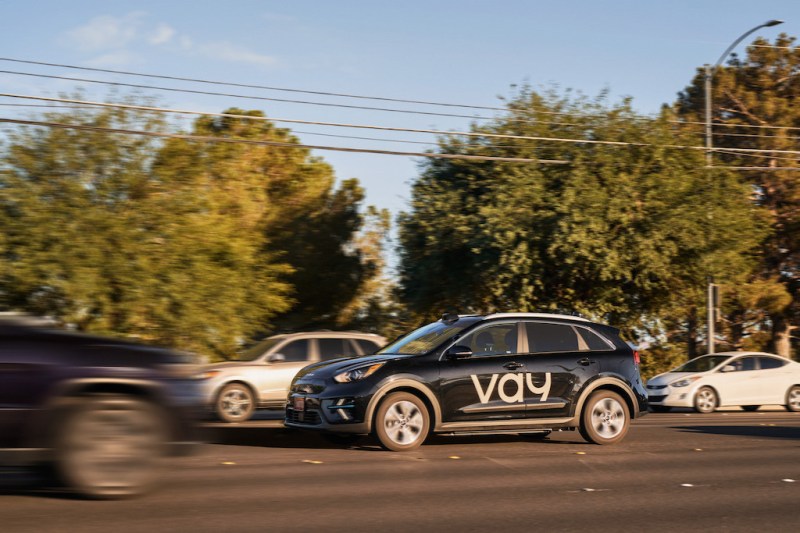
The company started its pilot service last year and now it is expanding its door-to-door remote driving service in 2025 to 100 vehicles in Las Vegas. Vay has secured a state-of-the-art production facility in Las Vegas to build out its fleet of electric vehicles, which have cameras and sensors attached.
This facility, designed to process up to 16 vehicles per week, will serve as Vay’s primary production and hardware deployment hub for the United States. Vay also has a downtown hub dedicated to fleet readiness and maintenance. The facility will optimize the build-out of Vay’s Kia e-Niro fleet, which will serve as the primary hub for hardware deployment.
Vay is actively hiring remote drivers to support both car and truck operations, as remote truck driving services will begin soon.
Vay provides services throughout central Las Vegas, including the Strip, the busiest hotels, and nearby attractions. It has gained popularity because it offers a seamless way to travel in and around the city. Since its launch a year ago, users have taken more than 6,000 trips.
“This new facility and our fleet expansion highlight Vay’s commitment to serving our growing customer base in Las Vegas, ensuring a seamless experience for everyone requesting our vehicles,” said Thomas Von der Ohe, CEO of Vay, in a statement. “This investment represents a significant milestone for Vay’s growth and will play a crucial role in scaling our offerings.”
Vay’s remote driving services

Through the Vay app, users can request that an electric vehicle be remotely delivered to their location. After the car arrives, the user takes over and drives it like a regular car. At the end of the trip, the user ends the rental in the app, exits the car, and a remote driver takes over, eliminating the time-consuming search for parking. Vay’s per-minute rental service costs half as much as current ride-sharing options, is a more economical alternative to autonomous driving, and requires no costly membership fees.
Vay aims to make remote driving services universally accessible through its commercial solutions, which provide affordable and sustainable door-to-door mobility. With a seamless experience from vehicle delivery to return, users enjoy full control and privacy, traveling at their own pace in a safe, personal environment. Moreover, Vay’s remote driving technology maximizes the efficiency of its all-electric fleet, reducing the number of cars needed in urban areas and contributing to greener, less congested cities.
Vay has also recently expanded its offerings to include B2B services, which enable remote driving for private cars, trucks, vans, and autonomous vehicles, among others.
The future of mobility jobs: remote drivers

Remote driving introduces an entirely new and unique profession that combines safety and flexibility. Remote drivers operate from an office environment alongside colleagues, enjoy regular breaks, and avoid spending extended periods away from home. Unlike traditional driving roles, they are compensated hourly rather than per ride, providing greater stability. This setup also creates a safer and more appealing work environment.
The Vay Remote Driving Academy offers a comprehensive training program that prepares remote drivers for professional driving on public streets. Through rigorous training and advanced technology, remote drivers are provided with skills to operate confidently while consistently maintaining a safe and defensive driving style. One of the things that was useful while I was riding: the remote driver said things like “I see the stop sign ahead” to reassure the passenger that they were paying attention.
Vay’s remote driving technology
Professionally trained remote drivers sit at a remote driving station with a steering wheel, pedals, and other vehicle controls developed in accordance with automotive industry standards. The service operates night and day, with Vay operating in Las Vegas from 6:30 a.m. to 10 p.m..
Camera sensors reproduce the car’s surroundings and transmit them to the screens of the remote driving station. Road traffic sounds, such as emergency vehicles and other augmented warning signals, are transmitted to the remote driver’s headphones via microphones.
Vay develops and operates remote driving technology with a strong emphasis on safety. This includes focusing on Functional Safety (ISO 26262) and Cybersecurity (ISO 21434). To validate Vay’s high safety standards, TÜV Süd, an internationally recognized independent third-party organization specializing in testing, certification, auditing, and advisory services, has thoroughly tested and positively endorsed Vay’s technology.
Daily insights on business use cases with VB Daily
If you want to impress your boss, VB Daily has you covered. We give you the inside scoop on what companies are doing with generative AI, from regulatory shifts to practical deployments, so you can share insights for maximum ROI.
Read our Privacy Policy
Thanks for subscribing. Check out more VB newsletters here.
An error occured.



